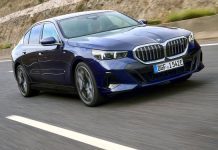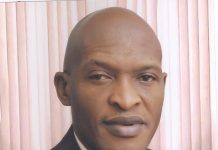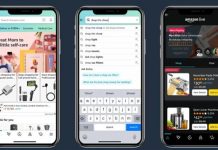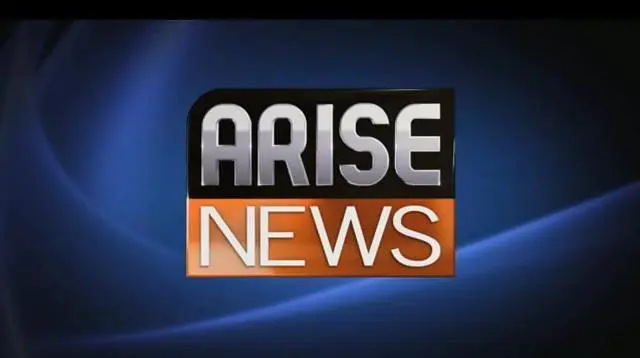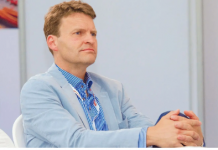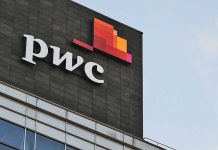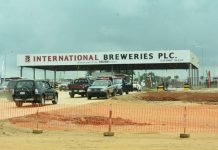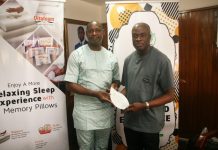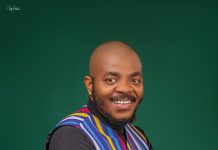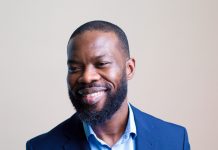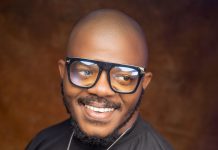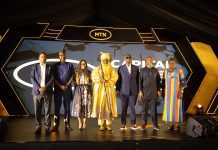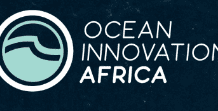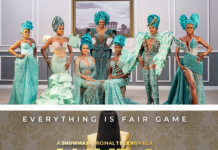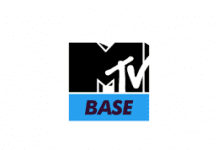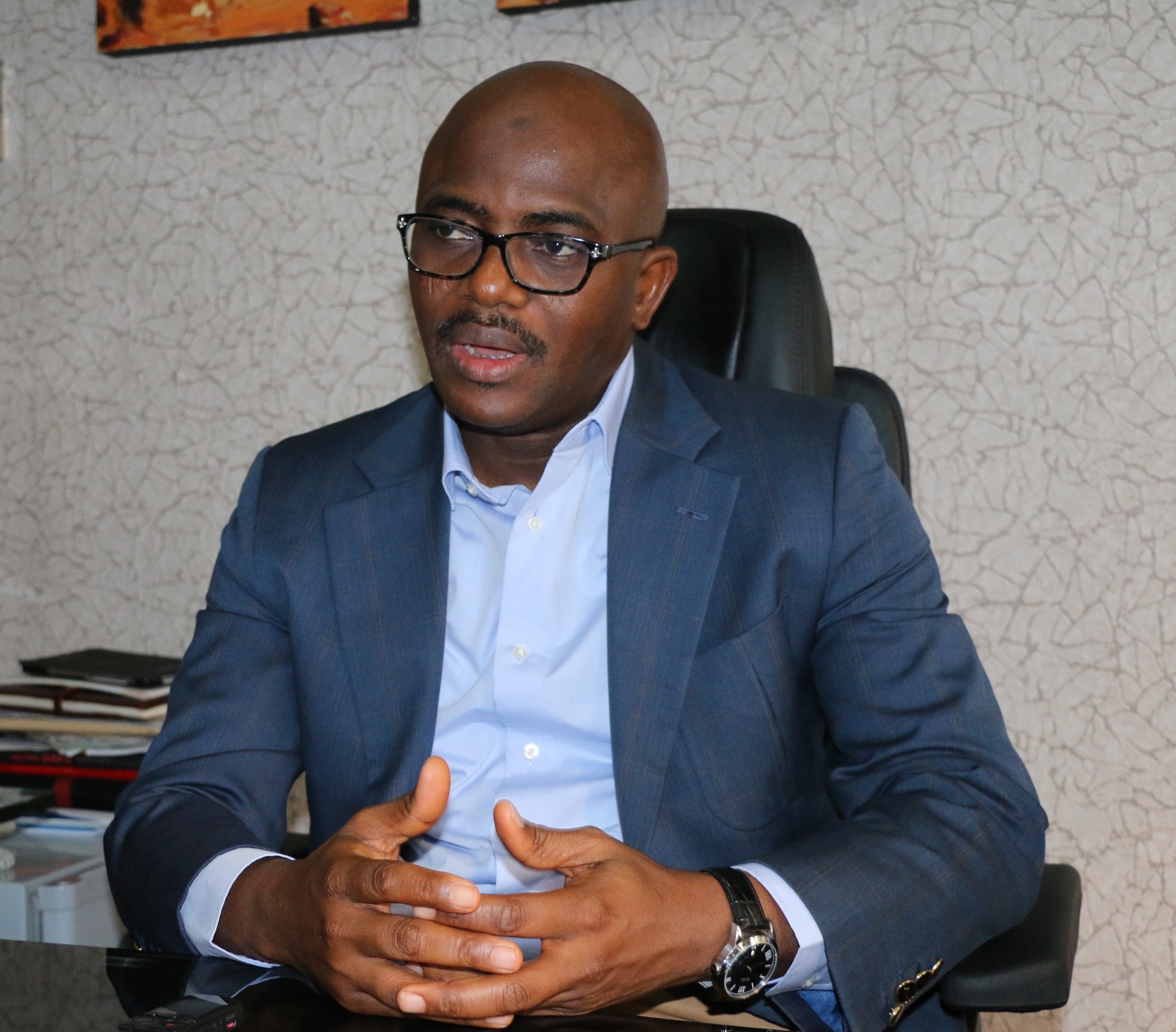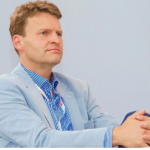First, I would like to thank Goddie and his team for considering me worthy of delivering this keynote speech in a gathering of very distinguished men and women of inestimable knowledge. The subject at hand is one that has gained currency in the past few years. In a brand new world where digital disruption drives every aspect of our lives, life itself becomes too mechanized and regimented without the soothing balm of storytelling, otherwise known as content. Everyone has a story. Everyone tells their stories. Some have made an art of it and have spawned a whole new industry teeming with influencers, content creators of all sorts and a host of hitherto unimaginable vocations.
Nations tell stories. Sometimes they tell it themselves through what they do or what they say about themselves. Sometimes their stories are subsumed in the stories and heroics of their people. At other times, outsiders tell their stories, cobbled together from a myriad of odds and bits done by them or their people. The latter is never desirable. In that instance, you’re not in control of the input and therefore cannot determine the output. In today’s world, truly powerful nations have gone beyond jostling for control in the real world to extending their frontiers in outer space and now the next battle is the dominance of cyberspace in its entirety.
One is tempted to ask: what is the Nigerian story and how much power does it command? But first, let’s talk about another kind of power- the power of advertising. Advertising works in the realm of the mind. Its aim oftentimes is to influence the way you think or feel about the things around you. These things may be products, services, issues or opinions that have a bearing on our lives. In most instances, the desired action is immediate. At other times its effect can only be felt over a period of time. But the real power of advertising is in what it was not created to do. What do I mean by this? It’s in the overarching power of the subconscious. Every form of content that we come across speaks to us at two levels; the level of the intended message as well as that of the unintended. Every piece of advertising done in a particular epoch mirrors that era and beams the light on the future. By this, I mean the entire industry inadvertently creates a body of work with anthropological import.
Advertising, when done properly, comes embedded with the traits of its time. Think back to “Enjoy the brighter life with Star”. You can still remember the happy folks raising their glasses in merriment, speaking to a time when life was simple and enjoyable. Think back to “weke-weke” with Vitafoam. Think back to Obron 6. Think back to “Black thing good o” with Guinness. Take it down the lane to the Milo clap, down to Thermocool “making things better, making better things”. Remember “who get this rain coat from Gold Circle condoms? What about Bagco Super Sack and the jolly fellows that turned a mere commodity to a super brand? And don’t forget “Tally Number” from ETB. Interestingly, the last example wasn’t just about reflecting a period in time; it also reshaped the future of banking.
Inherent in all these examples and a whole lot more not cited, is the hidden power of advertising. Charles Saatchi was reported to have gone down to the creative department of Saatchi & Saatchi London to commend a young creative team on a brilliant campaign they had just created. In his admonition, he told them to always remember that every ad is an opportunity. And that’s the point most people in our industry tend to miss. It takes the same effort (perhaps even more sweat) to create a mediocre as it would take to create a brilliant and timeless one. The difference is in your understanding of the opportunity you have been given. It takes that understanding of the human condition and a good sense of anticipating how your audience is likely to receive the message. It is up to you to determine what you would like them to think, feel and do after receiving your message.
When the full power of advertising is unleashed it changes the fortune of brands for good. Its power is unbelievably transformative. I’ve been privileged to be part of one or two such campaigns and for this I’m forever grateful to share in the joy of helping to move the needle for a few brands in the span of my career.
In 1998, Peak milk was faced with the challenge of not just maintaining its premium positioning , but also making itself appealing and accessible to a new generation of young home makers trying to make sense of justifying their choice of Peak over a new cheaper challenger brand that was in sachets. I remember Dr. Biodun Shobanjo putting together a new crack team to attend to this challenge, which eventually led to the Peak Generation to Generation campaign. The campaign was so effective and memorable it made a comeback with a remake in 2018.
I joined TBWA\Concept as a Creative Director in 2003. Our biggest client then was MTN. In 2004, we were tasked with creating a new campaign for the brand. After so many agonizing weeks of developing scripts that were not deemed good enough, we finished off one of our sessions with the client with some feedback and discussion that gave birth to perhaps one of the most talked about, some would say controversial, telco ads ever – Mama Na Boy. It ran for a limited period owing to the dust raised by gender equality advocates. A year after the client rested the campaign it was still rated as the best ad of the year in public surveys.
In 2009, Noah’s Ark won the Indomie account. In 2010, we were tasked to create a thematic campaign for the brand. Taking into cognizance the fact that Nigeria is one country with two distinct markets, the South and the North, we came up with a campaign for the North, which the client felt was good enough to run in other markets. The campaign started its life as Mama’n Yara in the North and got extended to Mama Do Good in Pidgin English and Mama Ewe in Yoruba. It remains undoubtedly the most popular campaign for that category till date.
In 2015, we received a surprise email from Airtel inviting us to pitch the business. For a brand that had suffered a lot of bruises from intermittent name and ownership changes, sending out a brief with a charge to make the brand the most loved brand in the country was the most impossible dream one could have thought of. It took more than a year of understanding the brand and the right client-agency chemistry to finally hit on what has become a watershed campaign that keeps exciting audiences in Nigeria and beyond.
At a time when all of its competitors had 4G networks, Airtel was the only brand which couldn’t boast of this new technology. Working with the client, we were able to assess our situation with clear eyes. Despite our seeming disadvantage, we knew we needed to play up on whatever strength we could lay claim to and quickly establish a space for the brand in the hearts of our audience. So while the competitors went about celebrating their new technology, we took the issue head-on by focusing not on the technology but what will work in the best interest of the subscriber. And we thought the best way to do this was to tell stories that were relatable. From two brilliant commercials, Lost and Alex & Joe, that could easily pass for short films, we were able to focus the minds of the audience on the need to connect in this new data world without worrying about the technology that delivered that human need to reach out. The entire campaign was subsumed under the theme Data Is Life.
One common thread in all the examples I’ve cited is the need for relatable stories that connect with shared human situations. When our audience can identify with the conflicts, emotions and resolutions that make up our story, we don’t just have their attention, we also earn their love. They invite us into their world and will easily forgive us when we make mistakes as we are bound to do at some point. Any brand that can achieve this and goes further by suffusing it all with a sense of shared identity will definitely enjoy brand nirvana.
In a society where the appreciation of art cannot be said to be mainstream, the easiest vehicle for art and entertainment is advertising. In most climes, advertising, through its use of national monuments and other paraphernalia of culture overtime helps to paint a particular image of that country to its people and the world at large. It’s amazing how we easily resort to using the Statue of Liberty and the Eiffel Tower in ads created for other people outside of their countries of origin, while we struggle to find the right monuments to represent our country. I recall that in the early 90’s we created an ad for an American airline selling its direct flight from Lagos to New York. In looking for images with pictorial similitude, we ended up with an image of the Statue of Liberty and an illustration of the Eyo masquerade holding up its opanbata staff to mimic the torch of the Statue of Liberty.
Our nation may have a problem agreeing on the best way to represent itself, but we as an industry have a lot to do to sell Nigerian imagery and monuments for them to attain iconic status. As beautiful as JP Clark’s Ibadan poem is, I do not know if it has evoked any action from the people of Ibadan to make it their own and part of their legacy in the modern age. Think about it, the American national anthem, The Star Spangled Banner, came from a poem by a lawyer and amateur poet, Francis Scott Key. The same country refers to itself as the land of the free, home of the brave. Here in Africa, the South African national anthem started its life as the anthem of the ANC. That nation brands itself as the Rainbow Nation. I’m not too sure if Ghanaians will argue about the part of their country where the kente fabric came from before accepting it as a national treasure. Go to the East and the North, you find people celebrating weddings with the asooke caps and head gear. Yet no one dare project it as a national treasure.
This is where those of us in the creative business come in. Be it in our films, our music, in our ads or any form of artistic expression, it behoves us to be deliberate in projecting our identity through stories and scenarios that are relatable and uplifting. One of the things that excite me today is the current evolution of Nollywood from quantity to quality. From script to screen, the stories are getting better and the production values are far better than where we used to be. Together with some of emerging literary writers, sportsmen and entertainers, they are the ones projecting the Nigerian story to the outside world.
While one can see a new zest for storytelling in advertising, the truth is we need more of this for it to have impact and birth what we can truly call Nigerian advertising the same way the world celebrates Brazilian, Indian, Australian or even Thai advertising. This will only come from a body of work that reflects the spirit of the Nigerian – the spirit of grace under pressure – the optimism that lets you achieve in the face of odds. In my opinion, we are just scratching the surface. There is the need for us to challenge ourselves more. We need to dig deeper into our world and express ourselves in a way that will earn the attention and respect of the wider world.
Sometime in January, Chude Jideonwo of Y Naija published a list of the 150 Most Interesting People In The Culture for the year 2019. Our agency was the only ad agency that made that list. This is what he had to say about our work: “Its series of short films (they are not, in fact, ads) for the Airtel brand have captured the attention of the Nigerian viewing public via storytelling intensity and made advertising sexy in the public imagination again.”
Should that make us feel giddy with pride? Not necessarily. Yes, one is grateful for the opportunity and for being recognised and celebrated. However, that commendation should be for our industry in totality as a mark of recognition for what we do to project the human and Nigerian story. Simply put, we need more stories. More original and engaging stories told in ways no one could ever have imagined. We need more healthy competition within our industry for us to compete with the world. When we do this the world will hear our stories and they will feel and respect the power that drives it.
Unlike the other players in the creative business, we are easily the most dispensable. Being agencies, we are often at the mercy of our principals. What we create doesn’t belong to us. Yet what we do is what gives people the advantage and power of knowing what to choose or do. Think back to June 12 and the power of the On the March Again work from Rosabel. Think back to the numerous decisions you’ve taken at different times influenced by the messages in your subconscious from the work you’ve been exposed to.
As stated earlier, the starting point is for us to realise the transformative power of our trade. Today, with all that digital technology offers us, we have a wider canvass to tell our stories. We cannot afford to limit ourselves. As you can see in some of the examples I have cited, magic only happens when we have a good understanding of our role backed by a good understanding of the audience. It gets even better when there’s a sense of partnership between the client and the agency as we have enjoyed on most of our successful campaigns. The Nigerian story is vibrant and uncommon. Nigerians can’t have enough of it. The world needs to hear it. No one can tell it better than us. So we need to shun all the excuses. Make it as beautiful as it can be for the brands in our care. For Nigeria and all it stands for. The time to do that is now. The power is in our hands.
Thank you.
Lanre Adisa, GMD/CEO NOAH’S ARK COMMUNICATIONS PRESENTED THIS PAPER AT THE FIRST EDITION OF THE INDUSTRY EVENING SUMMIT ON 6TH MARCH, 2020 AT SHERATON HOTEL & TOWERS iKEJA LAGOS.





